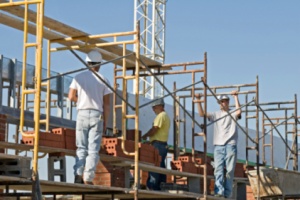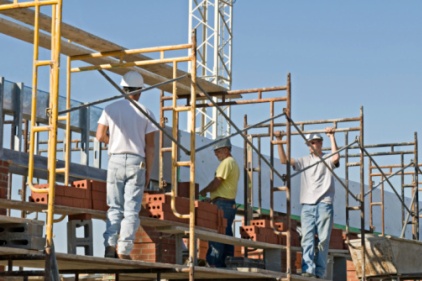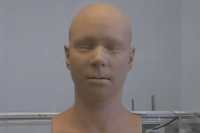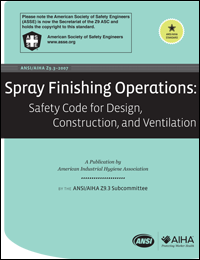 The National Institute for Occupational Safety and Health (NIOSH) is asking the construction industry to help advance the science behind spray polyurethane foam (SPF) insulation.
The National Institute for Occupational Safety and Health (NIOSH) is asking the construction industry to help advance the science behind spray polyurethane foam (SPF) insulation.
"It’s difficult for even the most conscientious employers to protect their workers because limited data exist on the second part of the spray foam mixture," writes David A. Marlow, BS, in a recent post on NIOSH's science blog. "The popularity of the product and the number of companies using it demands that there be some scientific background informing its use."
Marlow, an industrial hygiene engineer in the NIOSH Division of Applied Research and Technology, is calling on people who use spray polyurethane foam (SPF) to help provide data for research into the potential risks of the substance.
The use of SPF is growing in popularity because builders and property owners want to improve energy efficiency.
While the hazards of methylene diphenyl diisocyanate (MD) are thoroughly documented -- and have established exposure limits -- Marlow says the risks for the other half of the SPF mix are not well understood.
"It is a chemical question mark with no toxicology or health information," he writes. "This part contains amines, which act as a catalyst; glycols—blowing agents that react with the foam; and phosphate, a flame retardant."
Among the questions Marlow says need to be answered:
•What is the concentration of the fumes and vapors from these chemicals when spray foam is applied?
•Are the workers who are applying the spray foam adequately protected?
•What about others on site who are not applying the spray foam and who are not wearing the same personal protective equipment?
•How long does it take to ventilate the area after application?
•Are there cost-saving methods for isolating and venting the fumes?
Marlow's research into SPF to date has involved tracer gas studies, simulating potential exposures to spray polyurethane foam components. However, to make the science useful for SPF installers, he needs partners to help collect on-site air samples.
"At the worksite, we will collect personal breathing-zone air samples and set up five tripods with air-sampling pumps to obtain readings in a variety of sampling areas. We would like to gather samples during the spray foam application, and again at intervals afterwards."
Marlow says the date collected will help determine best practices for personal protective equipment use and proper ventilation, among other issues.
"Additionally, we are working on a portable spray booth that will contain overspray fumes and improve ventilation—a cost-saving intervention."
Click here to read the complete blog post. Those interested in helping can contact Marlow through the blog or by emailing nioshblog@cdc.gov.
NIOSH needs your help with spray polurethane foam insulation research




